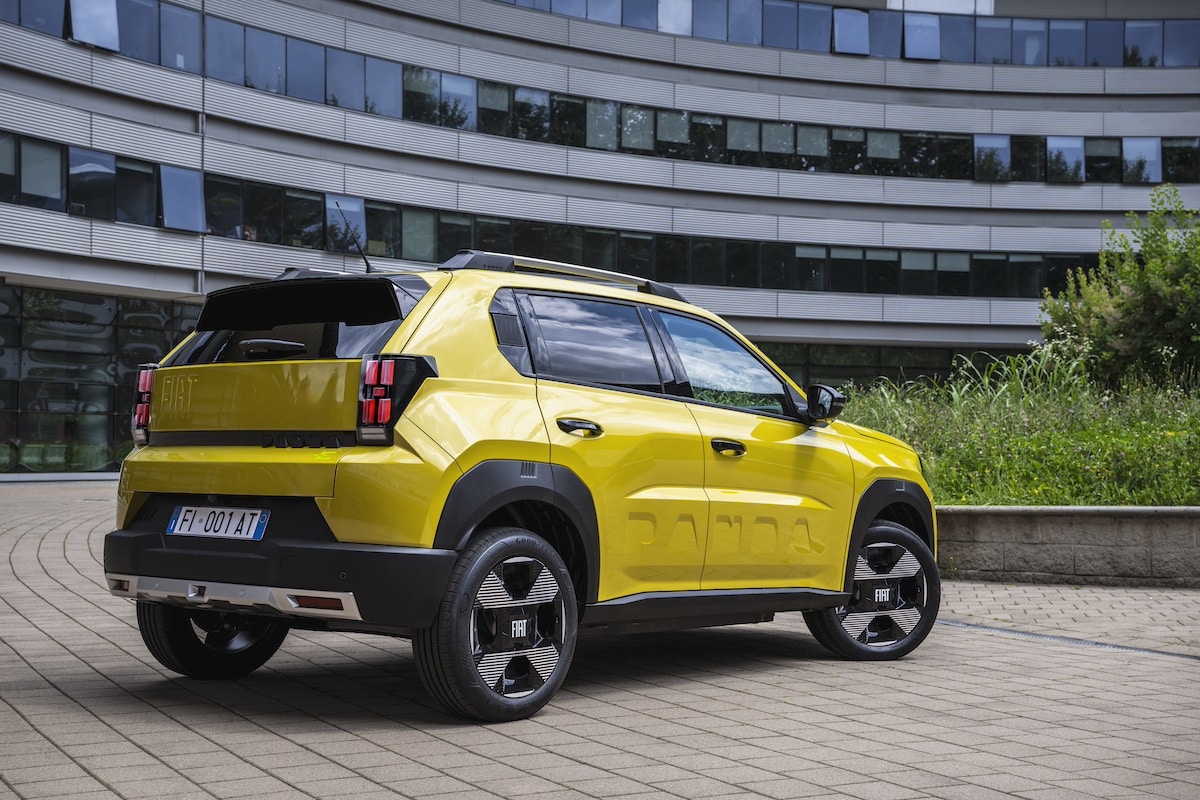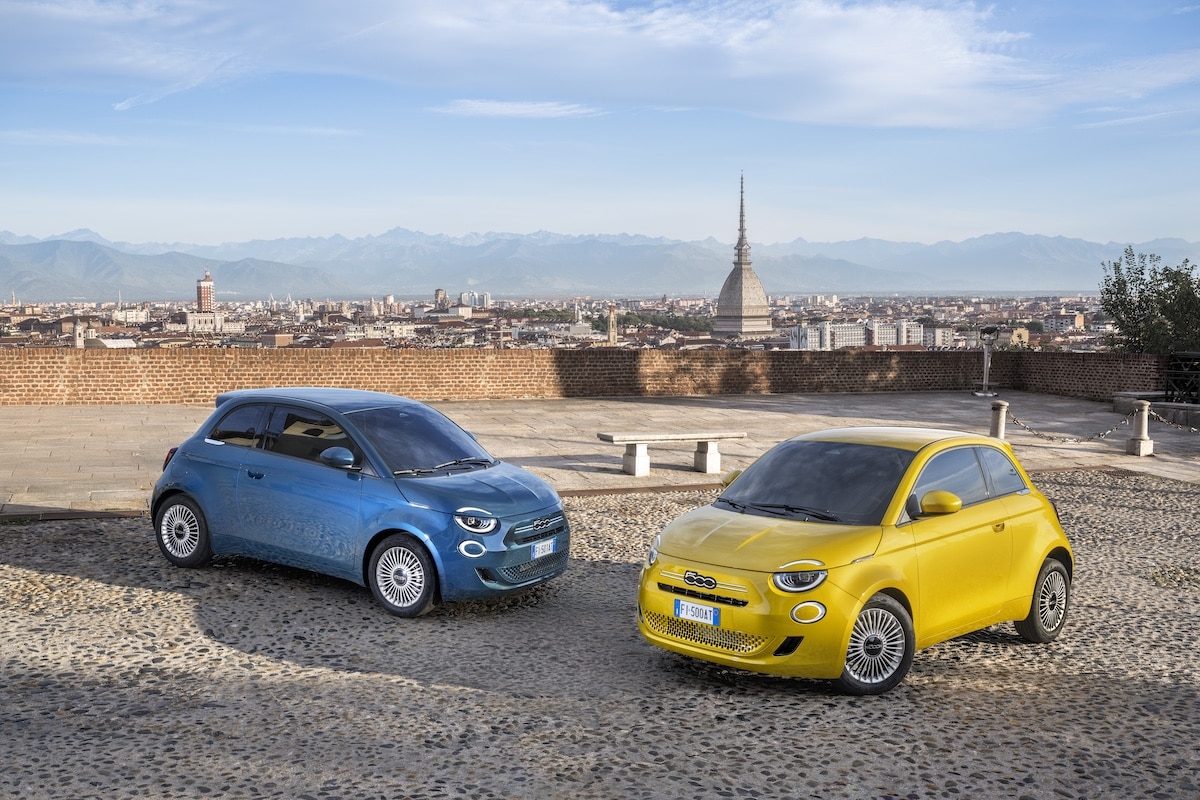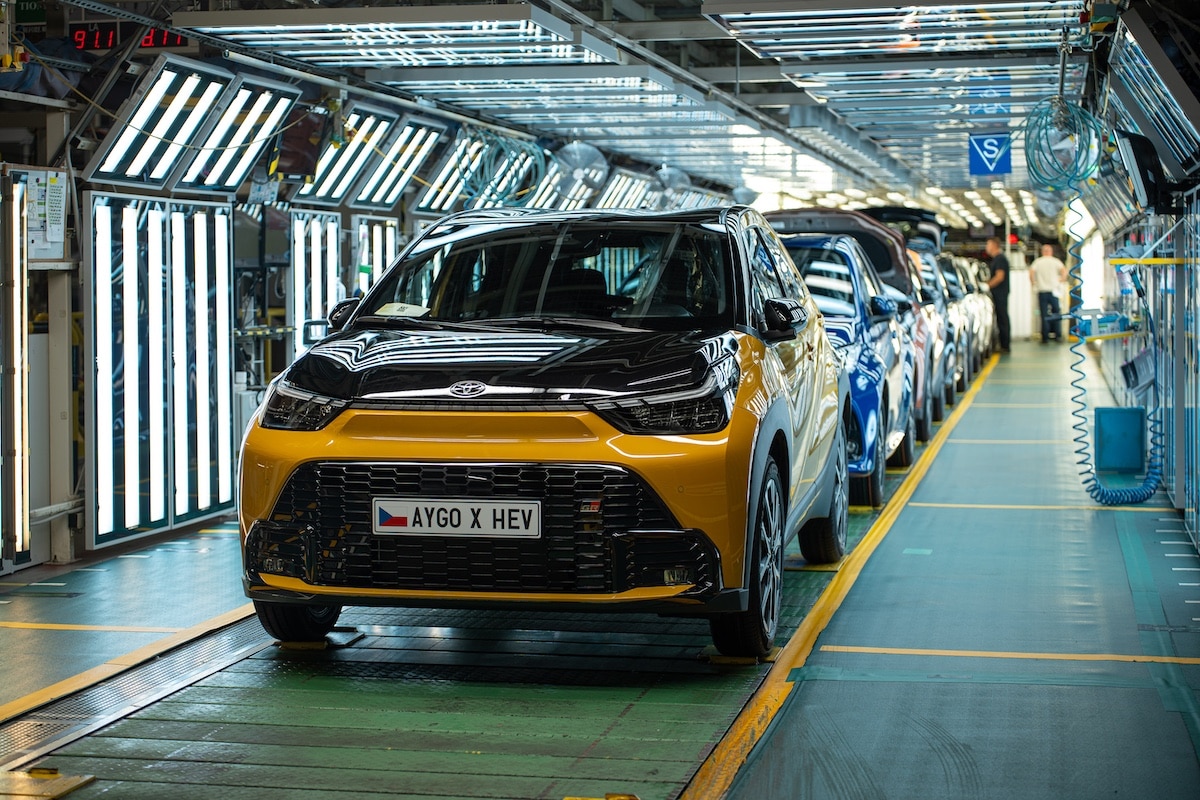Cheaper, the Fiat Grande Panda Hybrid Casts a Shadow Over Electric Vehicles

The multi-energy strategy favored by the Stellantis group has the merit of diversifying the offer, but mainly puts several versions of the same car, such as the Fiat Grande Panda, in competition with each other.
In a context where automakers strive to meet the varied needs of consumers while transitioning to cleaner energies, Fiat is betting on offering two versions of its Grande Panda: electric and hybrid. This choice, while interesting for consumers, raises questions about the brand’s long-term strategy in the face of growing skepticism toward electric vehicles.
The electric version of the Grande Panda offers a 44 kWh battery, a range of 320 km on the WLTP cycle, and a 83 kW (113 hp) motor, all starting from 24,900 euros. With the ecological bonus, its price can drop to 22,900 euros, or even 20,900 euros for the most modest households. This is a competitive price compared to its cousin, the Citroën ë-C3, but it remains high for a car that requires some compromises. The electric Grande Panda clearly targets an environmentally conscious audience ready to embrace the energy transition but who still has the means to do so.
On the other hand, the hybrid version appeals to a more conservative clientele. Equipped with a 1.2-liter turbo petrol engine (100 hp) and a 48-volt Li-ion battery, it allows for daily commutes with reduced consumption, but without the stress of running out of battery. Priced from 18,900 euros, this option places itself significantly below the electric version in terms of price despite a small penalty of 260 euros to penalize its CO2 emissions at 123 g/km.
The electric option still hindered by the hybrid
While offering multiple versions of the same model can attract a wide range of consumers, this strategy may dilute the impact of 100% electric vehicles. Indeed, the hybrid, with its lower price and performance suited to current driving habits, risks being perceived as a more reassuring alternative. Additionally, concerns about battery lifespan, charging costs, and access to charging stations work in favor of the hybrid version.
In the face of this dual choice, Renault made a bold decision with its Renault 5, which is available only in a 100% electric version. This bet seems to be paying off, as the brand has successfully convinced a customer base in search of innovation and sustainability. Renault fully embraces the electric transition, sending a strong signal about its ambitions for a greener future.
By diversifying its offering, Fiat hopes to maximize its sales, but this strategy could ultimately harm the perception of its electric vehicles. The hybrid choice risks being seen as a compromise solution, reinforcing consumers’ caution towards electric options.
ALSO READ: Starting from 20,900 euros, the Fiat Grande Panda does not disappoint
This page is translated from the original post "Moins chère, la Fiat Grande Panda hybride fait de l’ombre à l’électrique" in French.
We also suggestthese articles:
Also read






